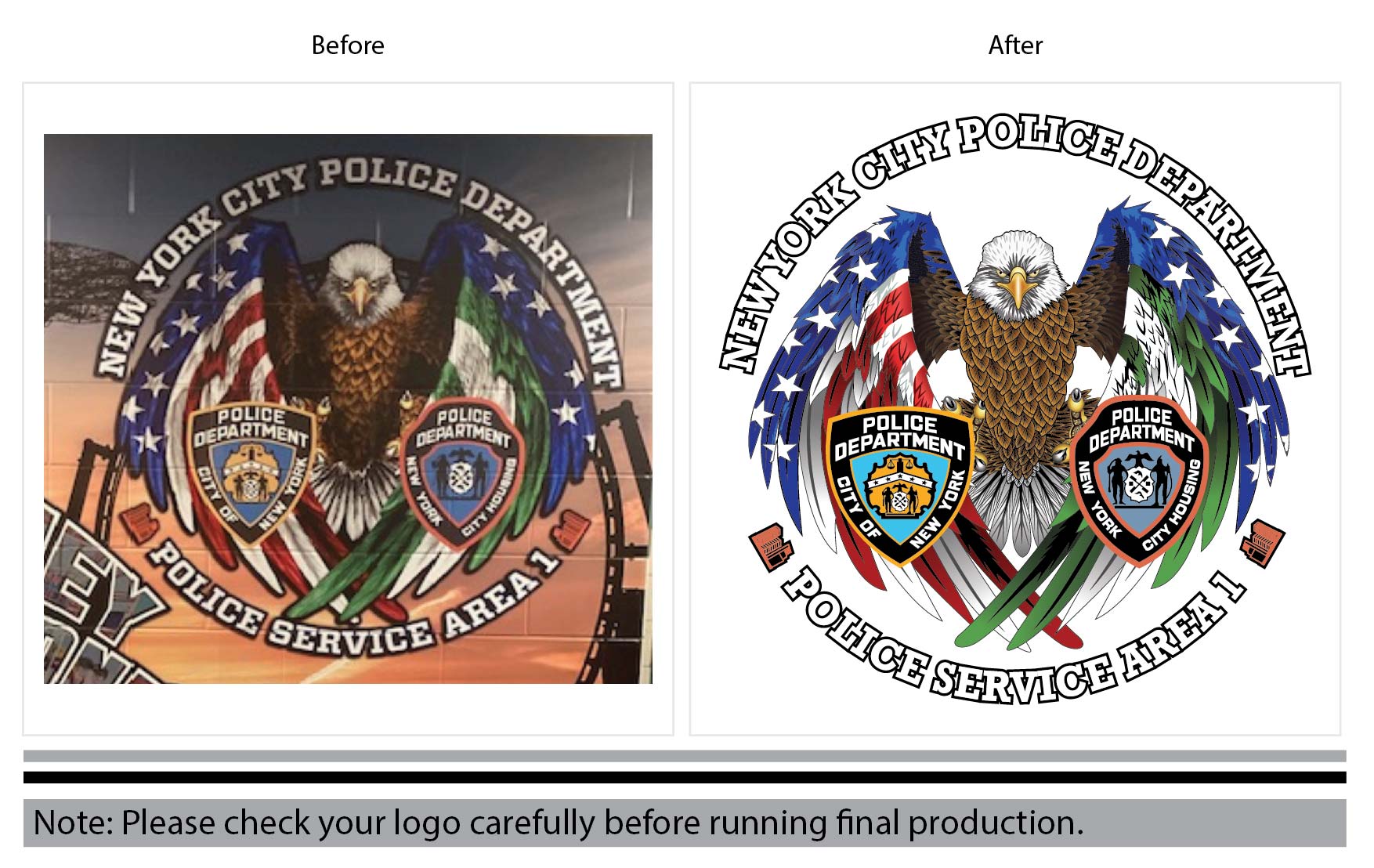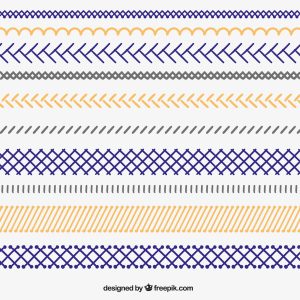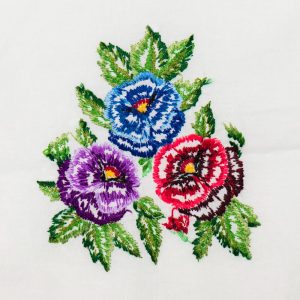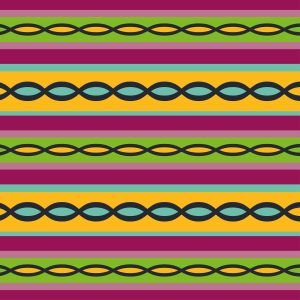Embroidery has evolved into an art form that goes beyond traditional designs and fabrics. With the rise of custom embroidery, individuals and businesses can now showcase their unique style on a variety of materials. In this blog post, we will delve into the intricate world of custom embroidery design, emphasizing the importance of digitizing for specialty fabrics and materials.
Understanding Custom Embroidery Design:
Custom embroidery design allows for a personalized touch, reflecting individual tastes and preferences. Whether you're looking to enhance your corporate branding or add a personal flair to your clothing, the key lies in creating a design that seamlessly integrates with the chosen fabric. This is where the digitizing process comes into play.
The Role of Digitizing in Custom Embroidery:
Embroidery digitizing is the transformative process of converting an image or logo into a digital format that embroidery machines can understand. It involves breaking down the design into stitches, specifying thread colors, and determining stitch types. The precision of digitizing is crucial, especially when dealing with specialty fabrics and materials.
Choosing the Right Digitizing Software:
When venturing into custom embroidery design, selecting the right digitizing software is paramount. There are various options available online, and some even offer custom embroidery digitizing services. Look for software that provides advanced features, allowing you to fine-tune details and optimize the design for specific fabrics.
Custom Embroidery Online: A Convenient Solution:
With the advent of technology, the art of custom embroidery design has become more accessible than ever. Online platforms offer a plethora of options for creating and digitizing custom embroidery designs. This convenience allows individuals and businesses to explore their creativity without the need for extensive technical knowledge.
Special Considerations for Specialty Fabrics:
- Satin and Silk: Specialty fabrics like satin and silk require a delicate touch. When digitizing for these materials, it's essential to choose stitches that won't snag or pull. Satin stitches work well, providing a smooth and polished finish.
- Leather and Denim: For materials like leather and denim, consider using heavier stitches to ensure durability. Additionally, digitizing for these fabrics should account for the thickness, adjusting the density of stitches accordingly.
- Knits and Stretch Fabrics: Stretchy materials pose a unique challenge in custom embroidery. Digitizing for knits and stretch fabrics should involve incorporating underlay stitches to stabilize the fabric, preventing distortion during the embroidery process.
- Felt and Fleece: Softer materials like felt and fleece require a careful balance between stitch density and design complexity. Too many stitches can cause these fabrics to pucker, while too few may result in a lack of definition.
Conclusion:
In the realm of custom embroidery design, mastering the art of digitizing is crucial for achieving impeccable results on specialty fabrics and materials. Whether you choose to embark on the journey yourself using online tools or enlist the help of professional digitizing services, understanding the unique considerations for each fabric type is key. Custom embroidery opens up a world of creative possibilities, allowing you to express your individuality or elevate your brand with stunning, personalized designs.











